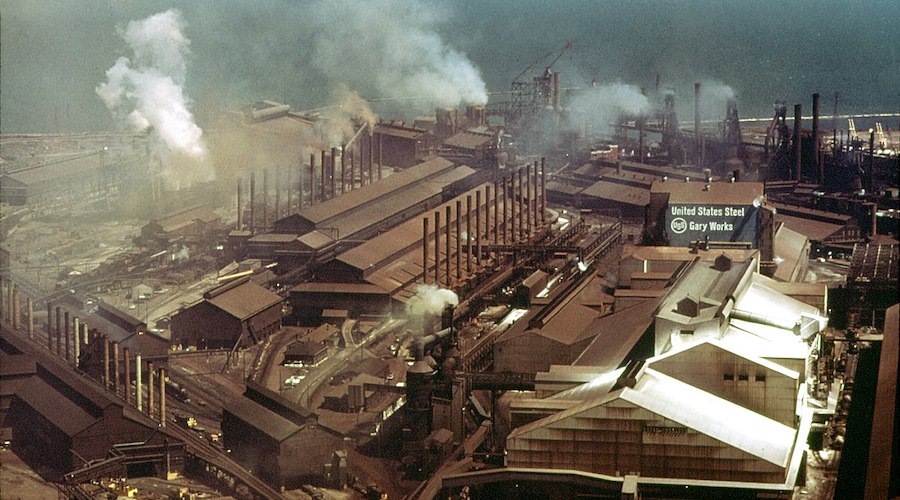BHP CEO pay cut in half over Brazil disaster

The world’s top miner BHP Billiton (NYSE:BHP) announced on Wednesday it’s halving the pay package of its chief executive for the year to end-June following the Samarco disaster in Brazil that claimed 19 lives.
According to BHP’s annual report released today Andrew Mackenzie was paid $2.24 million compared to $4.58 million in the previous financial year of the Melbourne-based company. Mackenzie’s base salary was maintained at $1.7 million, but had to forego any bonus or other incentive payments.
“The dam failure at Samarco was a key consideration, along with the ongoing decline in commodity markets and its associated impact on our performance,” BHP said in the report.
In August BHP posted its worst-ever annual loss, logging a net loss of $6.4 billion for the year to June, compared with a 2015 net profit of $1.91 billion, partly blamed on the November 2015 tailings dam burst at Samarco Mineracao, an iron ore venture jointly held with Brazil’s Vale.
In March Vale and BHP reached a deal with Brazilian authorities and the mine owners agreeing to pay an estimated 24 billion reais or $6.2 billion spread out over several years. Samarco committed to providing $1.1 billion through 2018 into a fund for clean up costs and amounts between $200 million and $400 million to 2021.
The disaster in Brazil’s Minas Gerais state that killed 19 people caused sludge to wash downstream into neighbouring state Espírito Santo through remote mountain valleys reaching the Atlantic ocean 600 kilometres away.
In January BHP said the tailing waste spill was much smaller than previously determined. The volume of tailings material released when two dams were breached was about 32m cubic metres. Initial estimates were put as high as 60m cubic metres. Samarco also found that approximately 85% of the released tailings were retained within 85 kilometres of the Fundão dam.
Samarco ceased operations in November and Vale recently said it does not expect operations to restart before mid-2017. At 30 million tonnes per year before the disaster Samarco’s pelletizing operations supplied roughly one-fifth of the seaborne trade in the steelmaking raw material that attracts a premium price over iron ore fines and lump ore. Earlier Samarco said that should the mine reopen output would likely be capped at 19 million tonnes per year.
More News
Column: Can Trump’s critical minerals drive pass the copper test?
Donald Trump's executive order on boosting domestic minerals production is intended to blast a path through the thicket of mine permitting in the United States.
March 27, 2025 | 02:46 pm
USW says Ancora aims to sell mills to fund US Steel revival
A regulatory filing from the activist investor from earlier this month said “rescuing and investing” in the restoration of US Steel’s legacy assets.
March 27, 2025 | 11:41 am
{{ commodity.name }}
{{ post.title }}
{{ post.excerpt }}
{{ post.date }}



Comments